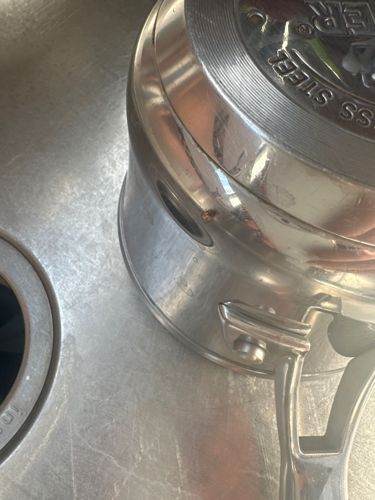Fruit Fly
Scientific Name: Drosophila melanogaster (common species)
Order & Family: Diptera, Drosophilidae
Size: 2-4 mm (adults)

Natural Habitat
Commonly found in kitchens, restaurants, and other areas where ripe or fermenting fruits, vegetables, and other organic matter are present. They thrive in moist environments.
Diet & Feeding
Larvae feed on the yeast and bacteria found in decaying fruits, vegetables, and other fermenting organic materials. Adults feed on liquids from these sources.
Behavior Patterns
Fruit flies are attracted to fermenting sugars and ethanol. They have a short life cycle (about 1-2 weeks), allowing for rapid population growth. Females lay hundreds of eggs on the surface of fermenting food. They are often seen flying in small, erratic patterns around their food sources.
Risks & Benefits
Potential risks: Primarily a nuisance pest in homes and food establishments. They can contaminate food with bacteria and yeast from their bodies or by laying eggs. They are generally not harmful to humans directly (e.g., they don't bite or sting). Benefits: Widely used in scientific research, especially genetics, due to their simple genetics, short life cycle, and ease of breeding in a lab setting. In nature, they contribute to the decomposition of organic matter.
Identified on: 9/5/2025